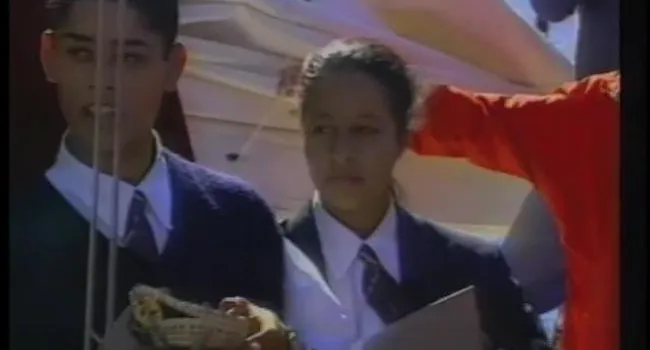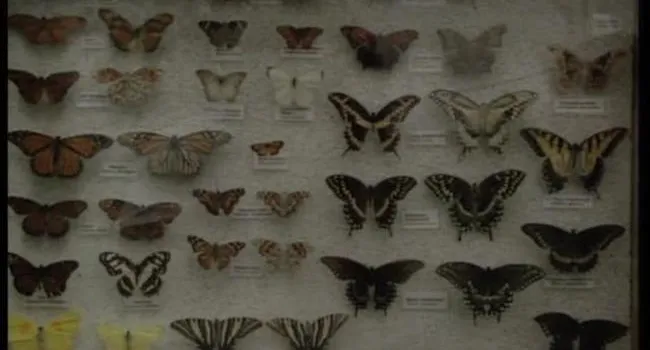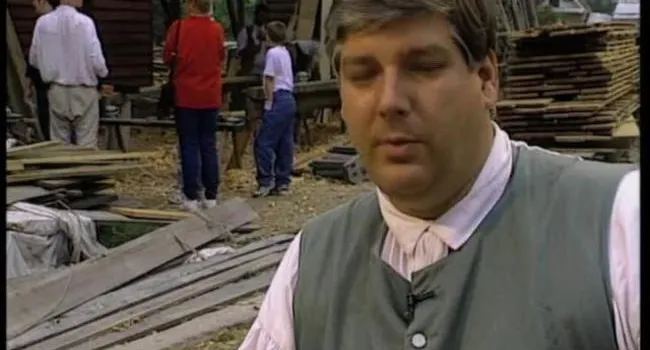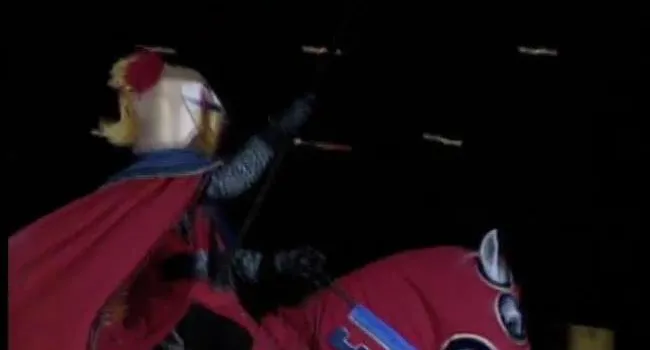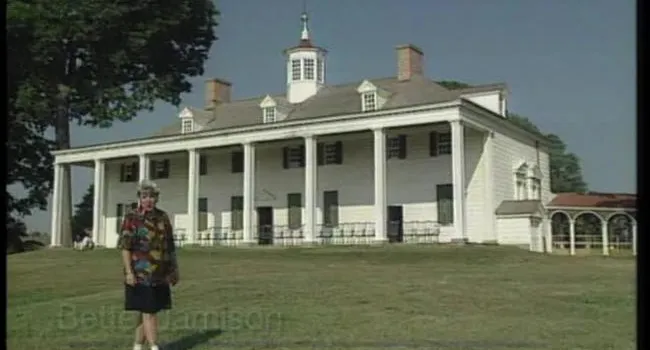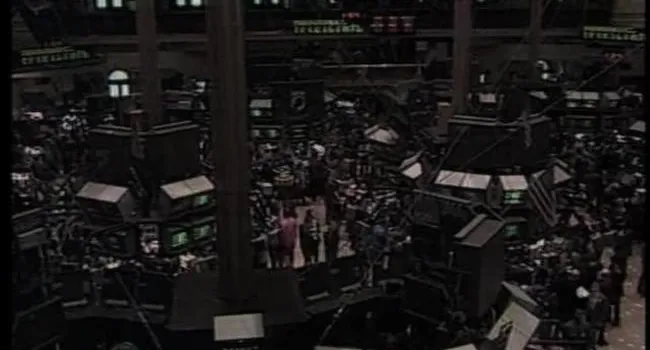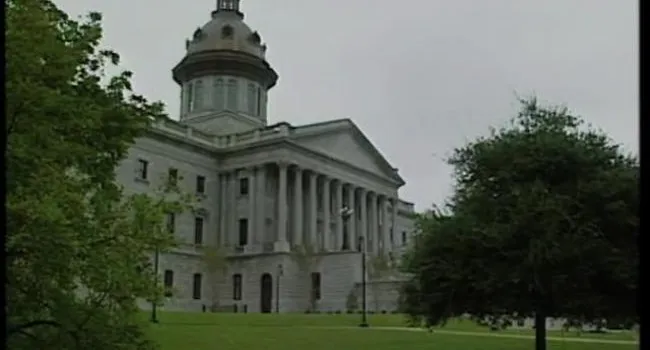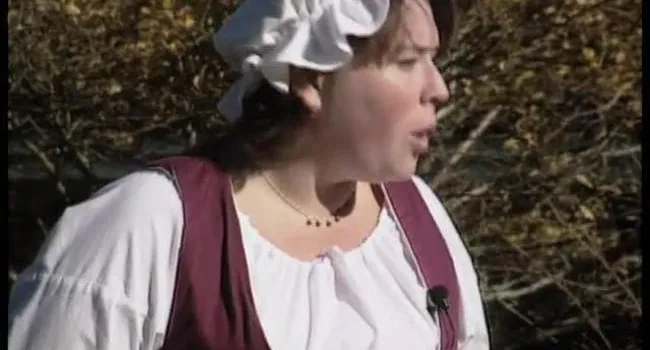The H. L. Hunley was a product of the pre-Civil War Industrial Revolution. Submersibles, torpedoes, and shells were also innovations of the 1860s. James McClintock and Baxter Watson built the Hunley in Mobile, Alabama. It was one submersible in a series of three. Horace Hunley backed the project; thus the submarine was named after him. This vessel was made famous by its sinking of the USS Housatonic in the Civil War.
Plans were few, with the exception of a sketch by William Alexander. The Hunley was 35 to 40 feet long and made from a boiler. The latest technology was employed in its construction with the use of ballasts, hydroplanes, and crank propulsion. In August 1863, General Beauregard moved the Hunley to Charleston, South Carolina. It immediately went into service with several assignments. The Hunley sank, killing three men, on its first time out. Six weeks later, it sank again, killing Horace Hunley and his crew. The decision was then made that the vessel be strictly a surface vehicle. However, it was taken out and submersed by Lieutenant Dixon and Lieutenant Alexander, with the intention of sinking the ship named New Ironsides. Although the original plan was for the Hunley to drag a percussion torpedo, that plan was changed to a spar torpedo due to the shallowness of water in which the ship anchored. On February 17, 1864, the Hunley made its last fateful run. A dramatization shows the final moments of the history-making submarine.
The Hunley was discovered on May 3, 1995. Remote-sensing equipment helped to locate the vessel in 27 feet of water off the coast of Charleston. Side-scan sonar and a magnetometer were used to locate and observe the lost ship. Archaeologists found the Hunley to be full of sand. While this condition makes the vessel very heavy, the sediment may have preserved the organic contents.
Weekend tours of the Hunley are available by contacting the Friends of the Hunley. The Hunley is stored at the Warren Lasch Conservation Center in North Charleston, South Carolina.
Standards
- 4.4.CE Explain the effects of military strategies utilized by the Union and the Confederacy.
- This indicator was developed to encourage inquiry into the effects of military strategies to include but not limited to : wartime technologies, the Anaconda Plan, conscription, and Sherman's March to Sea.
- 8.3.CE Examine consequences of the major Civil War military strategies.
- This indicator was designed to encourage inquiry into the Civil War focusing on the impacts of military strategies and major turning points on South Carolina and the U.S.

